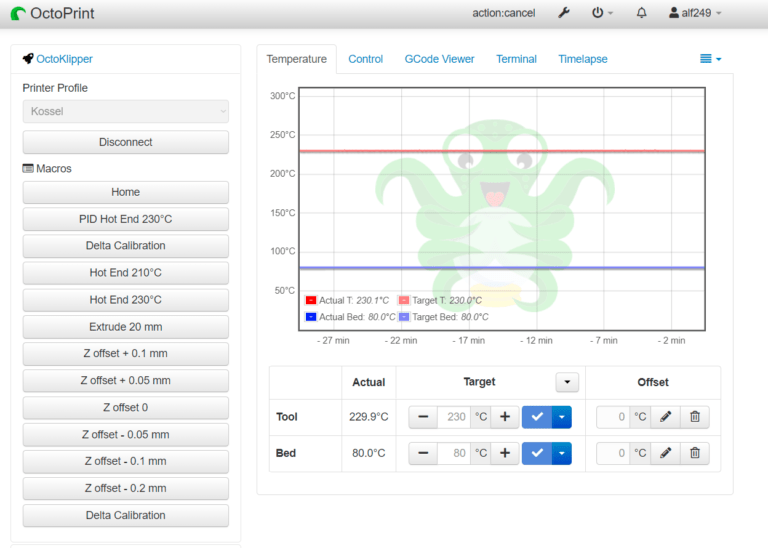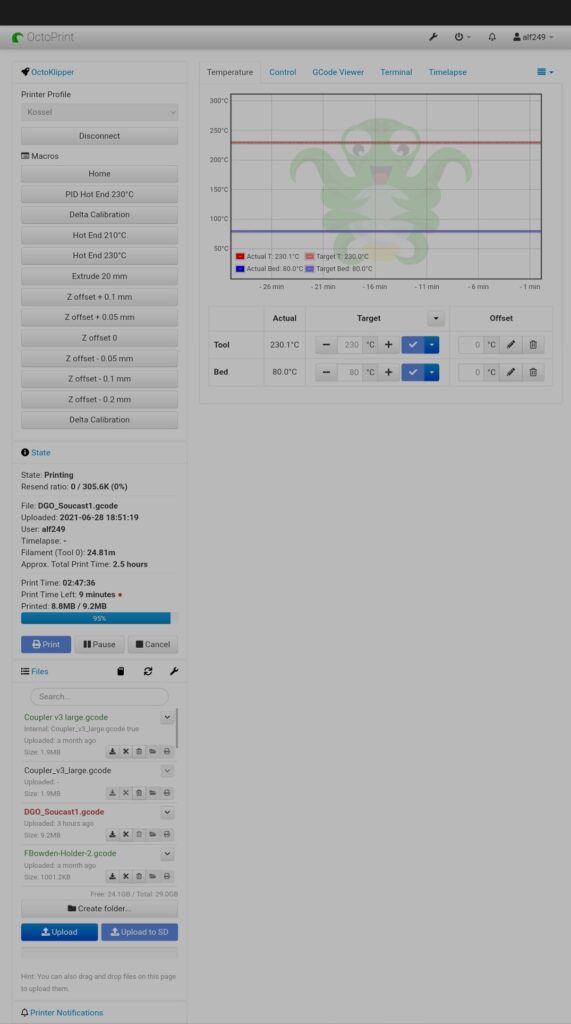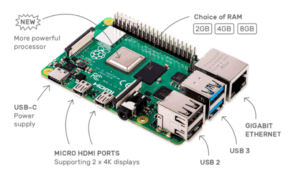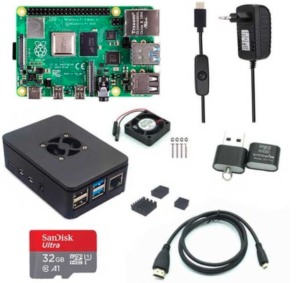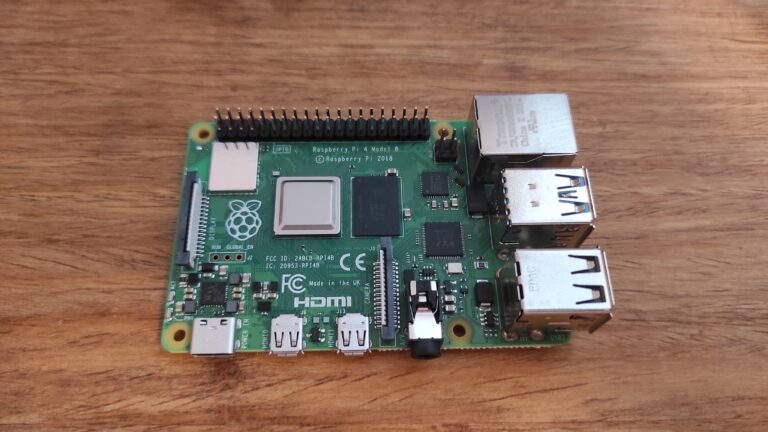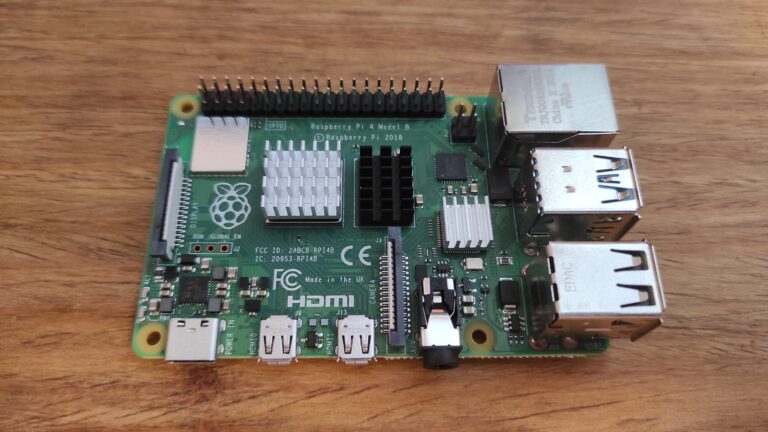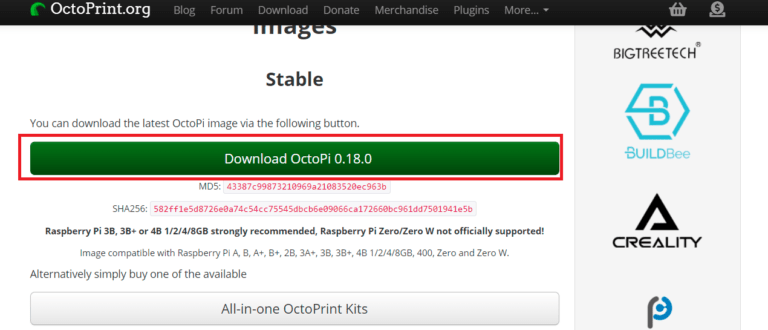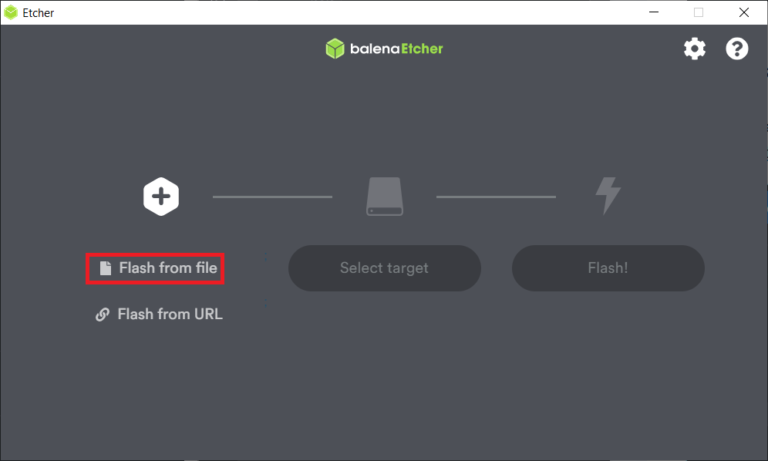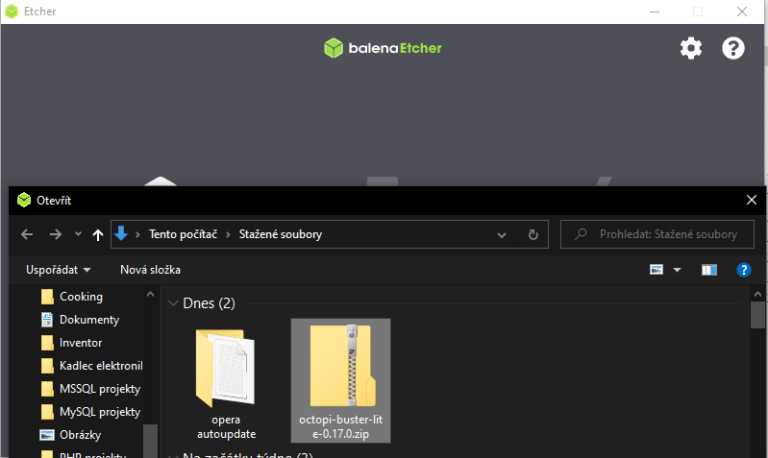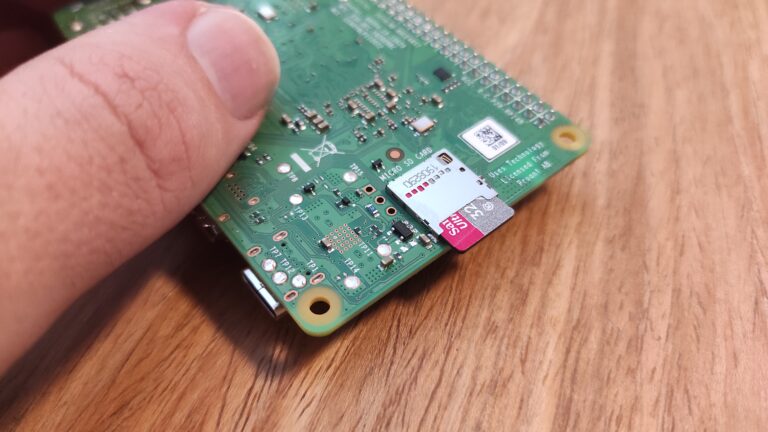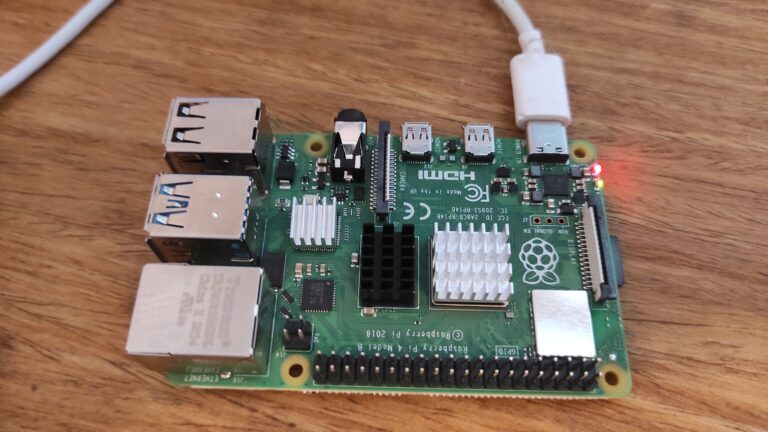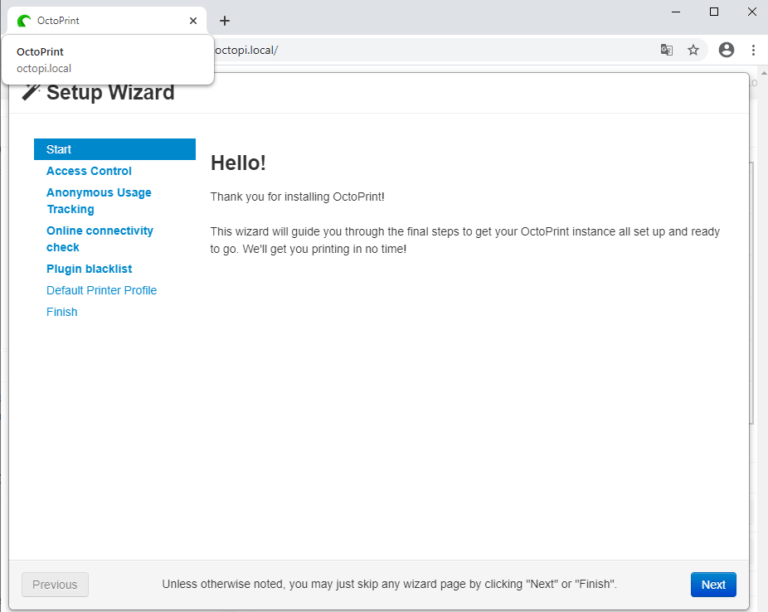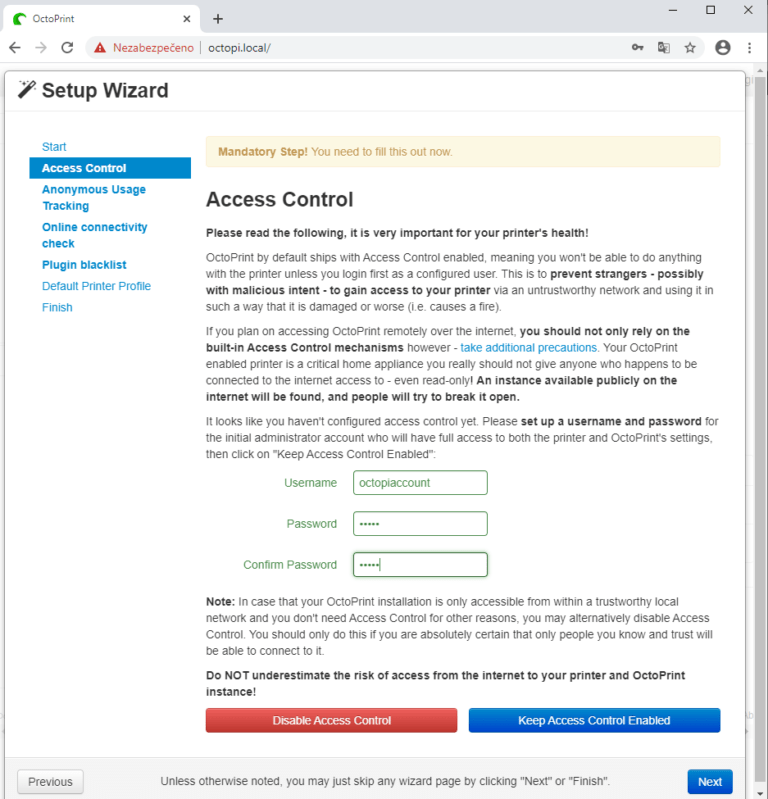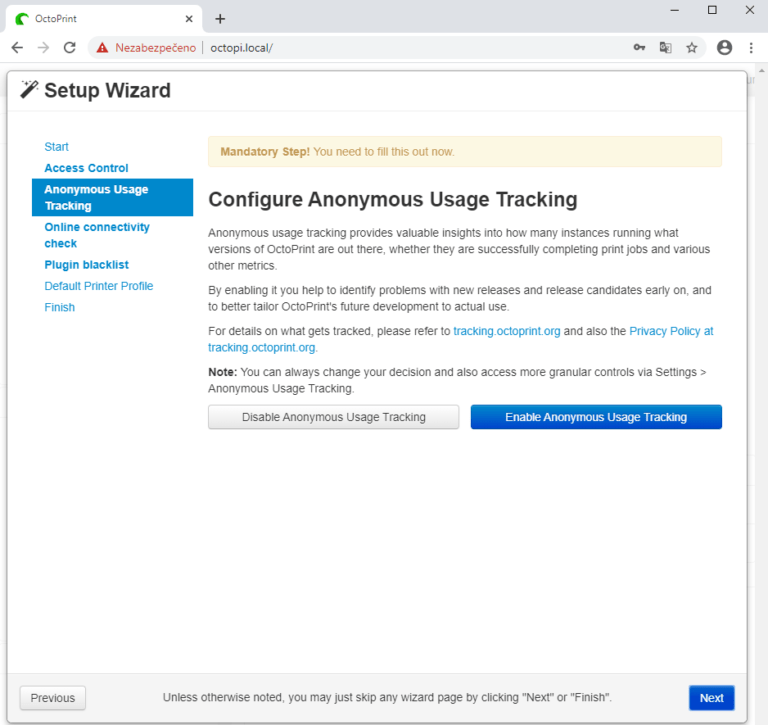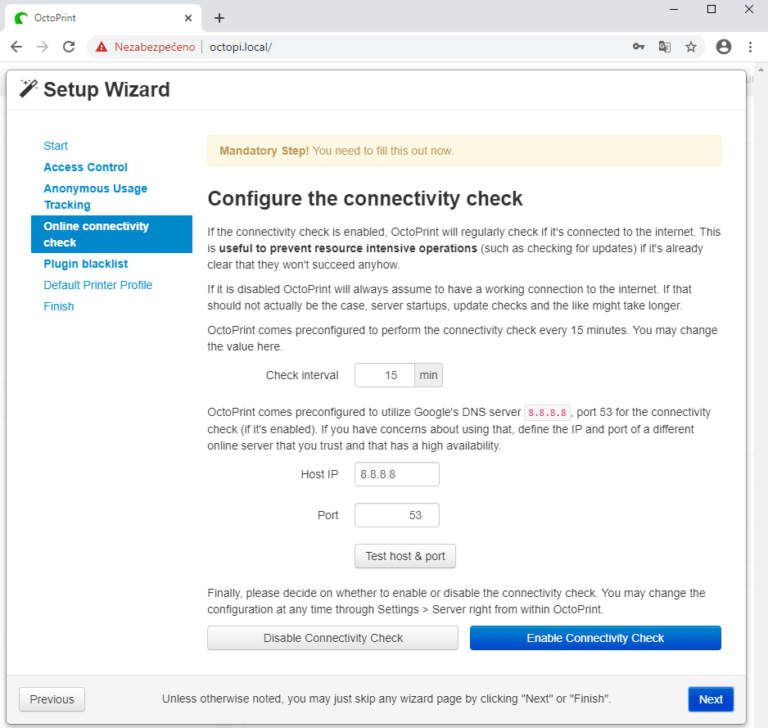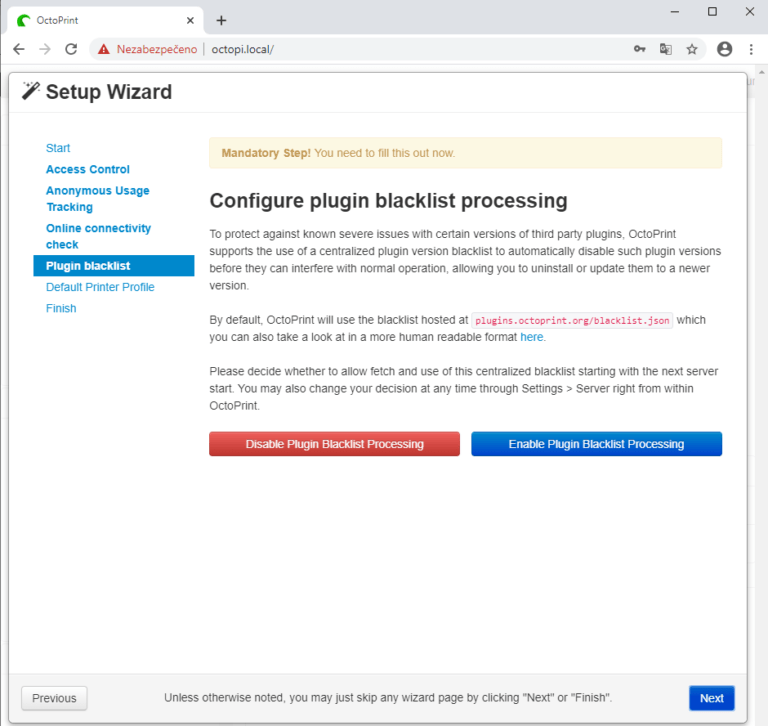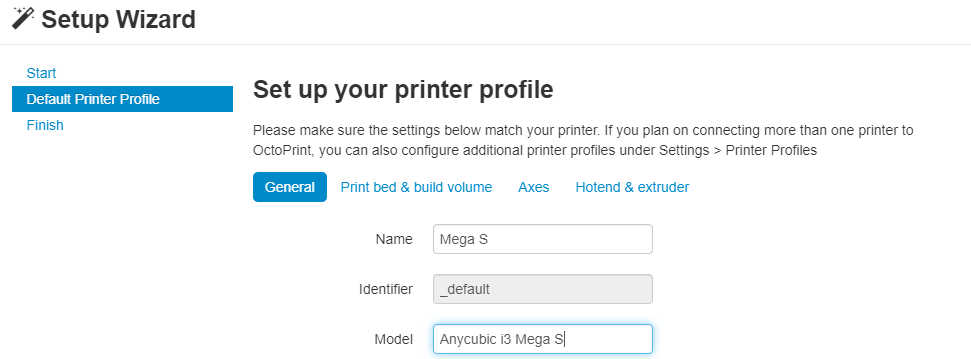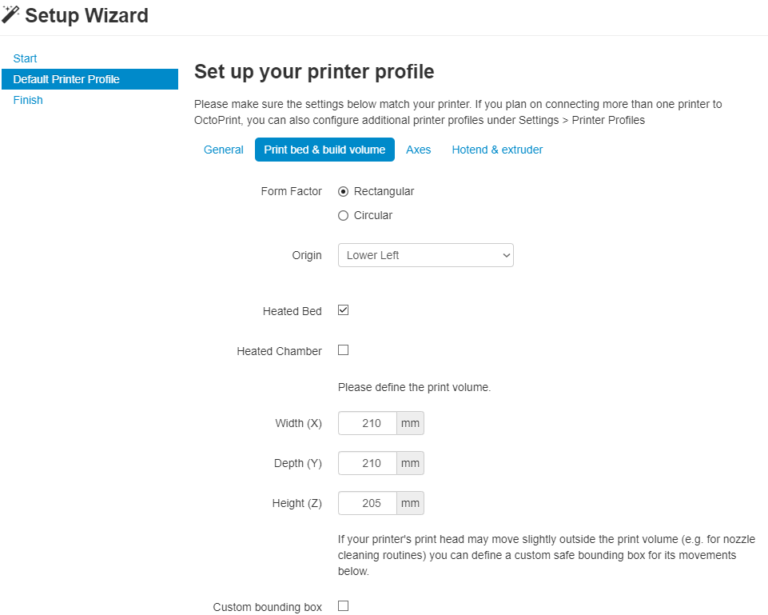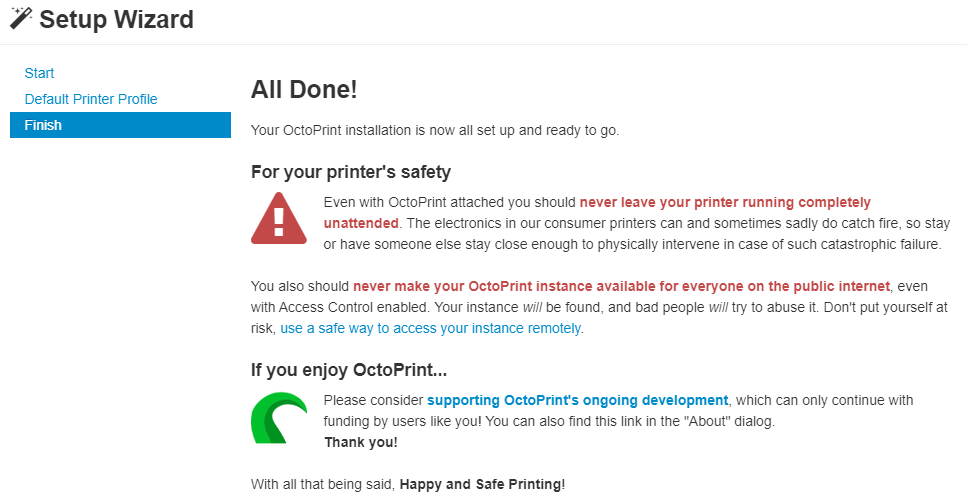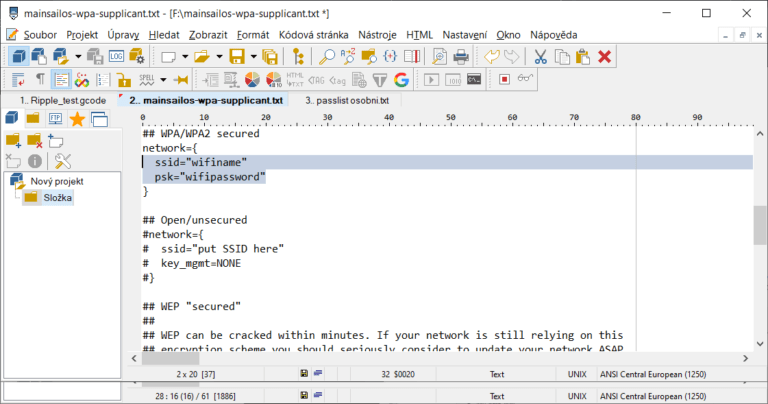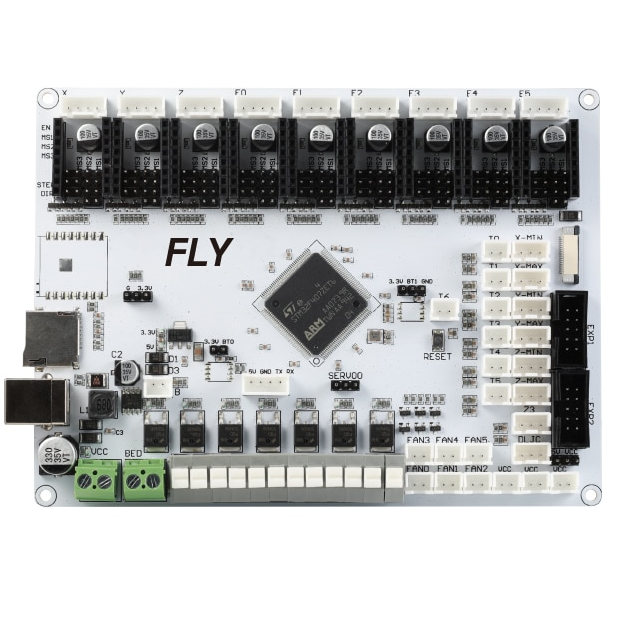Octoprint installation
1. What is an OctoPrint?
Octoprint is an awesome feature for any 3D printer
You can print without touching the printer, just by sending the file via internet browser and OctoPrint interface.
Connect a camera and control your printer, make timelapses…
Please note that this guide is for a new (clean) installation.
More about OctoPrint can be found on official website.
2. Hardware requirements
You will need:
Micro SD (SDHC) card with at least 8GB capacity
Micro SD card reader
5V power source (3A for Raspberry Pi 4)
USB cable (USB-C for Raspberry Pi 4, micro USB for older versions)
WiFi network or a standard LAN network + cable
I would also recommend:
Raspberry cover
Heatsinks
Fan for active cooling
The easiest way to get all parts is buying a complete set such as this one:
3. Download and install recommended programs
3.1. Download and install PuTTY
Install SSH client such as a PuTTY.
This client will be used to connect your PC to Raspberry.
Click here to download.
3.2. Download and install BalenaEtcher
We will use this program to flash OctoPrint OS image to micro SD card.
Click here to download.
3.3. Download and install Advanced IP Scanner
This program will be used for locating Rasperry in your local network.
It is not possible to connect to Raspberry via SSH without the correct IP address.
Click here to download.
4. Prepare Raspberry
4.2. Install the case/cover
Install the Raspberry into the desired place / case / cover.
I have a designated place in my electronics compartment, so I will not use the original case.
5. Download and flash OctoPi OS
5.1. Download OS image
Visit the official Octoprint website and download the latest release.
Click here to download.
5.4. Select target
Click on Select target.
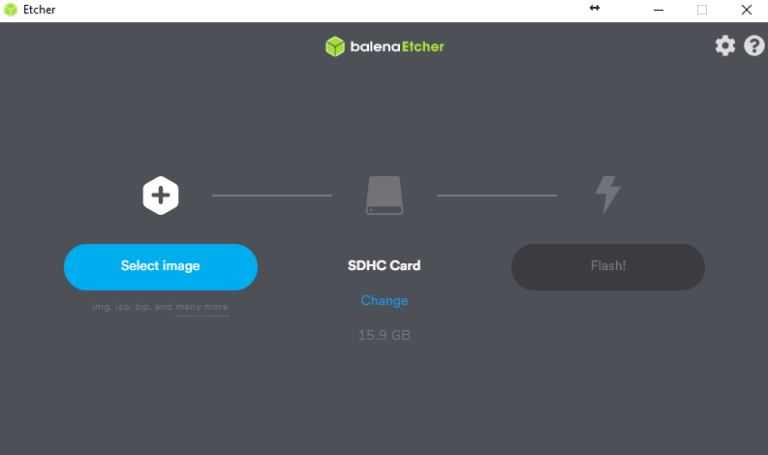
5.5. Select a drive
Select the correct target device, in this case the 32GB micro SD card.
Click on Continue.
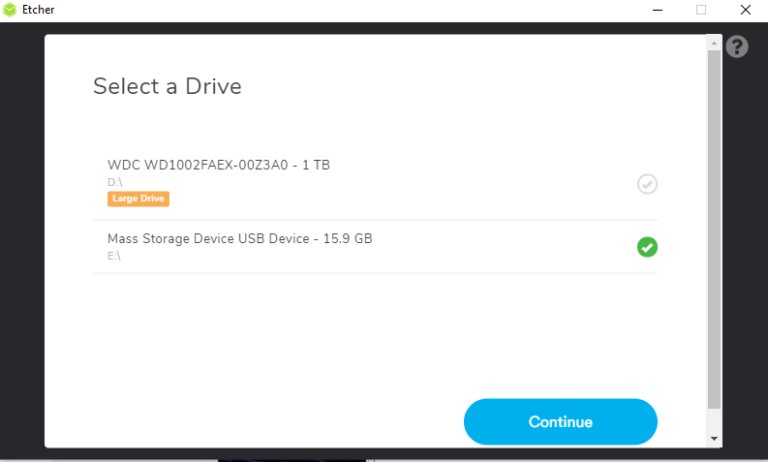
5.6. Flash OctoPiimage
Click on Flash! to flash the OS image on the micro SD card.
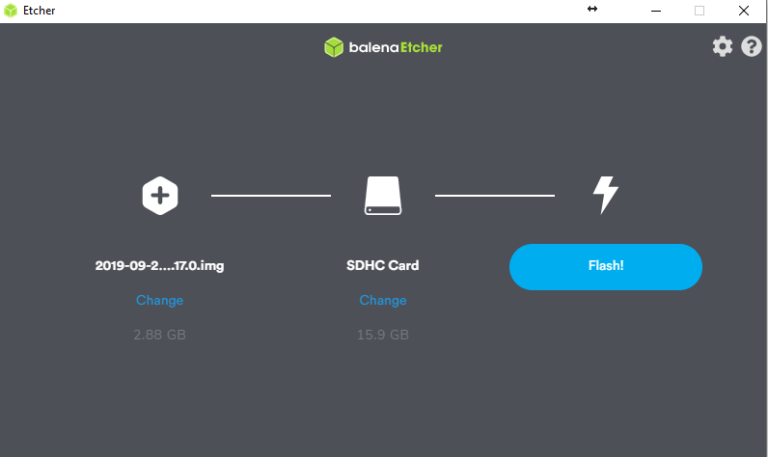
6. WiFi settings (optional)
6.1. Remove and insert the micro SD card into your computer
Micro SD card is automatically safely removed after tha flash.
Remove the micro SD card from the reader and insert it again.
6.2. Locate configuration file
Open the micro SD card in the file explorer and locate octopi-wpa-supplicant.txt in the root directory.

6.3. Open configuration file
Open the file in a text editor such as a PSPad Editor or similar.
Locate WiFi settings.
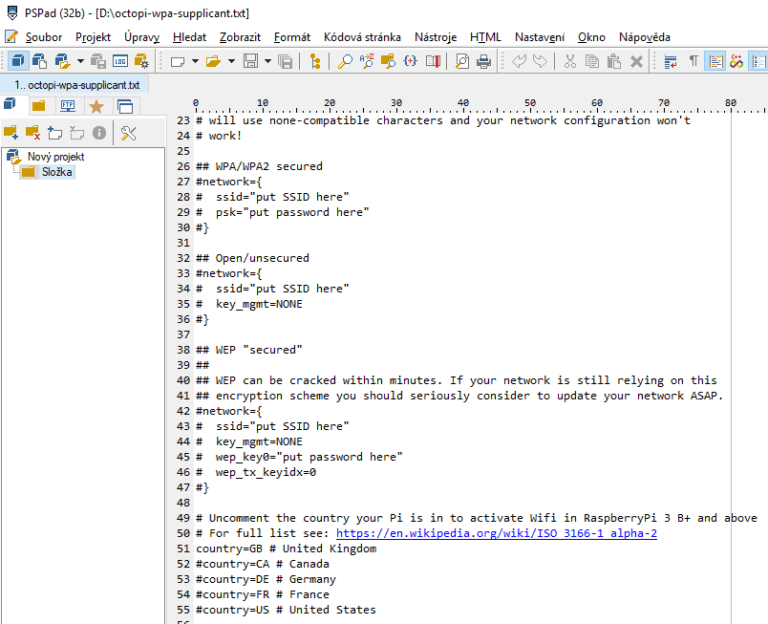
6.4. Fill in your WiFi configuration
Find out what WiFi security type you use, the most common is a WPA/WPA2 secured.
Uncomment those 4 lines and enter your WiFi name and passsword inside “”.
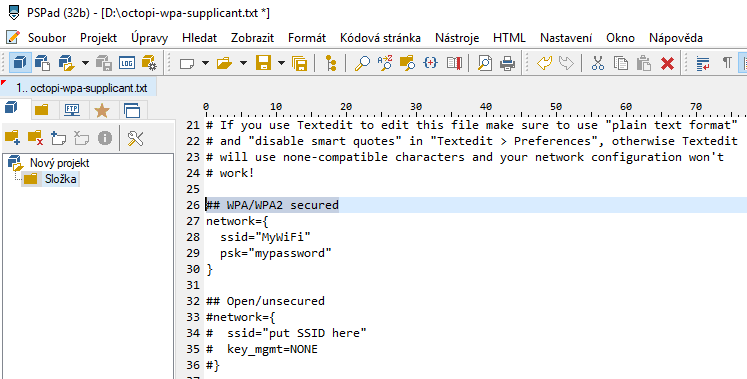
6.5. Set your country code
Open this ISO3166 country list and fill in your country code.
For example: I live in the Czech Republic, so my country code is CZ.
Do not forget to save the file and safely remove the micro SD.

7. First boot
8. Installation verification
8.1. Web interface
Open your brower and enter default address:
http://octopi.local/
Choose your username, password.
Choose Keep Access Contron Enabled (recommended).
Click on Next.
Choose if you want to enable Anonymous Usage Tracking for delevopment purposes.
Click on Next
Keep it Enable if you want to.
Click on Next.
Click on Enable and Next.
Create a printer profile.
General – choose your printer name and model.
Fill in the correct settings for your printer.
In this case – Anycubic i3 Mega S.
You can keep the rest of the setting tabs with original values, just check them.
Setup wizard is complete.
Now is time to connect the printer via USB to Raspberry.
8.2. IP address localization
Start with locating Raspberry in your local network.
I highly recommend installing Advanced IP Scanner CLICK HERE.
Default IP range is usually 192.168.0.1-254 or 192.168.1.1-254.
Locate the Raspberry’s IP address and copy it.
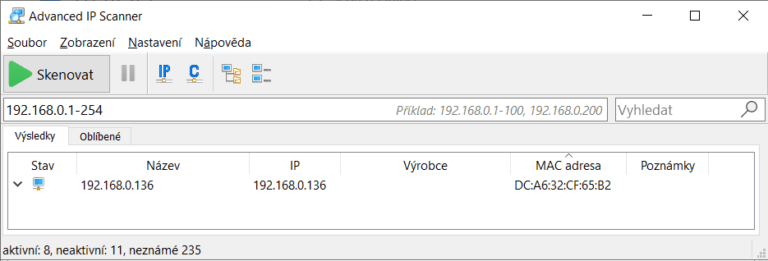
8.3. SSH connection
Open PuTTY and paste the copied IP address from previous step.
Click on Open.
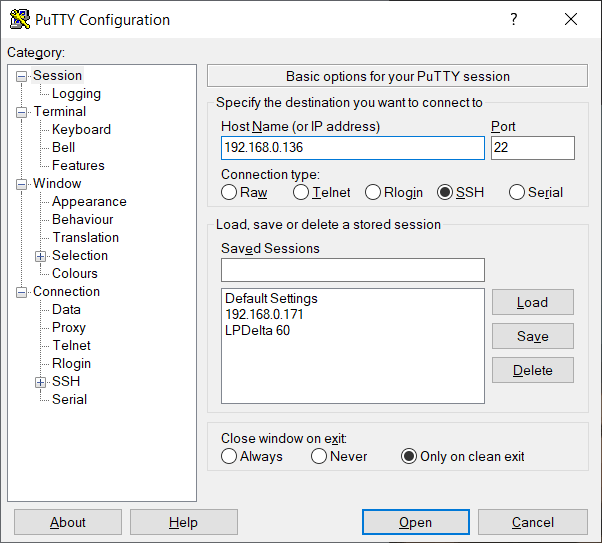
8.3. Verification
You will see this window the first time you connect to the Raspberry from your computer.
Click on Yes.
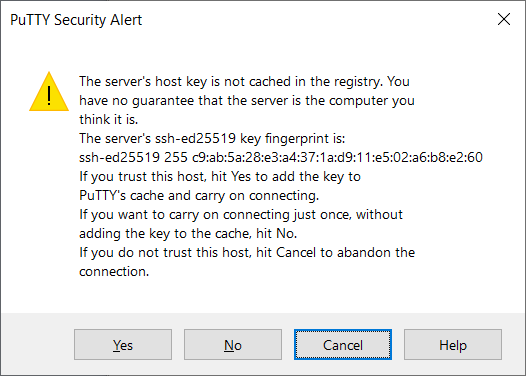
8.4. Login
Use your Raspberry login, default is pi
Hit Enter.
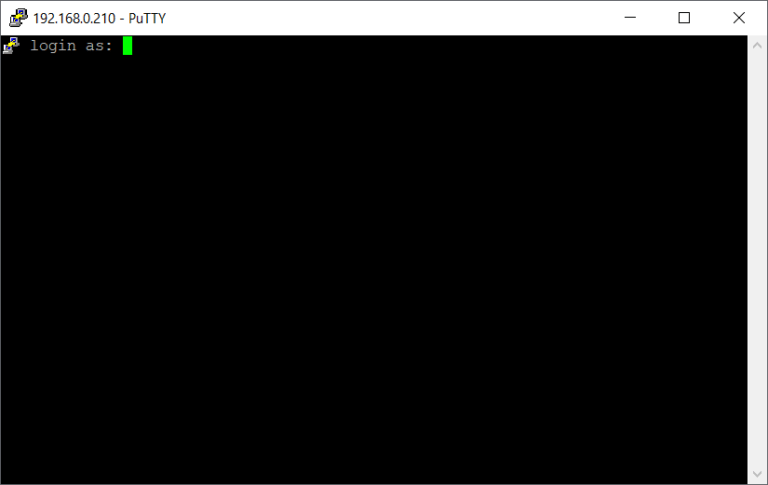
Enter password for pi account.
Default value is raspberry
If you are not familiar with Linux systems, do not be scared that you will not see the password, not even * characters.
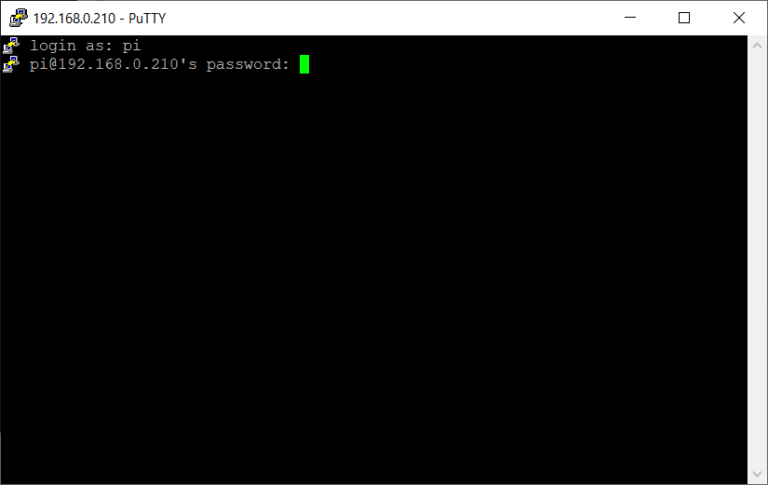
You should see these informations after a successful login
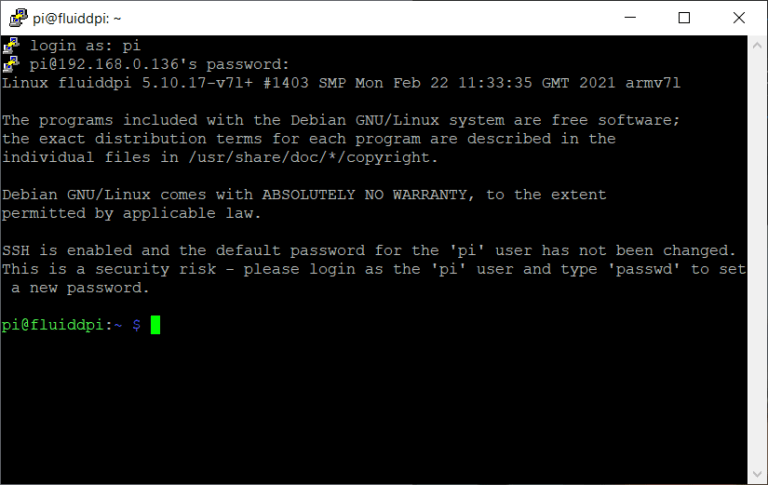
9. Next possible steps
You have succesfully installed OctoPrint.
The next logical step would be to install Klipper or even better a KIAUH!
9.1. KIAUH installation
10. FAQ
10.1. I cannot find the device in my local network
10.1.1. Invalid IP range
The most common problem is a different IP address range.
For example: you are not able to locate any device on this range: 192.168.1.1.-254

So open network settings – click on the network / more informations and find your computer’s IP address.
As you can see, this IP address in in a 192.168.0.1.-254 range.
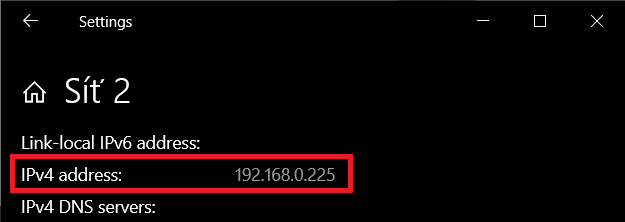
Fill in the correct IP address range 192.168.0.1.-254 and click on Scan.

